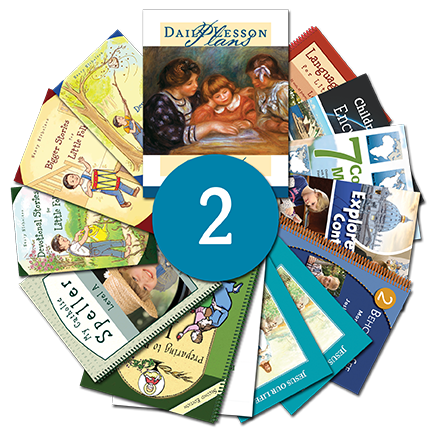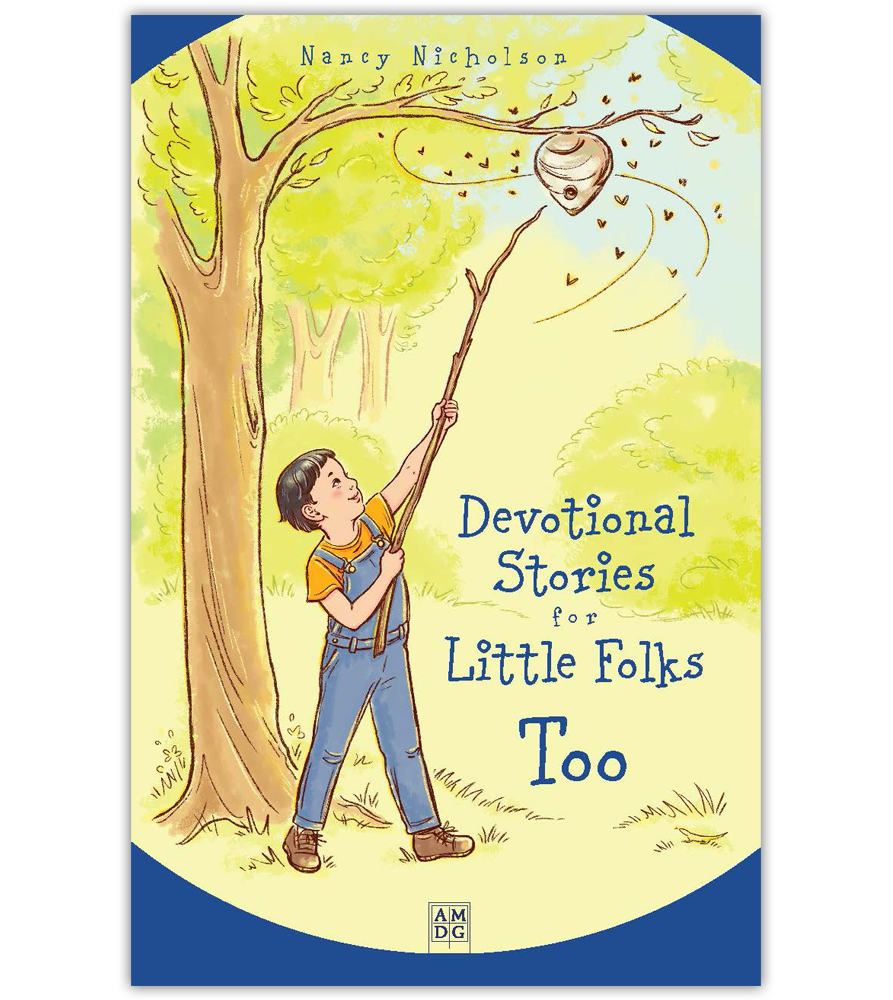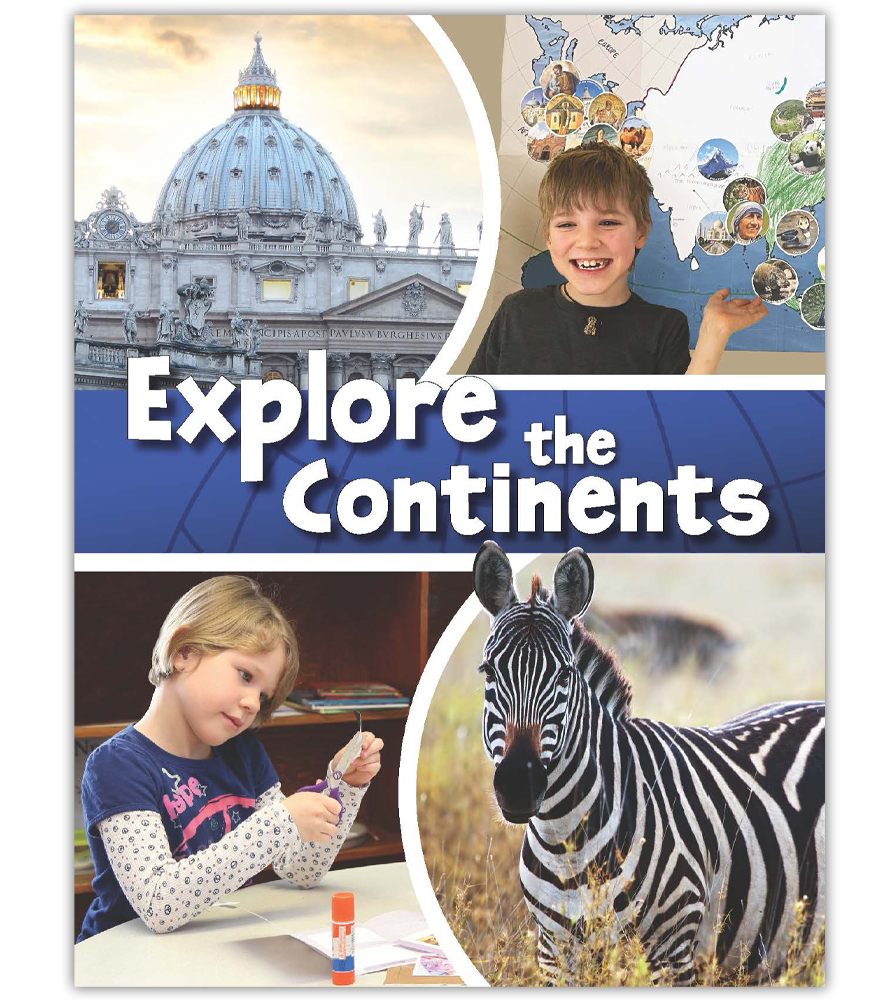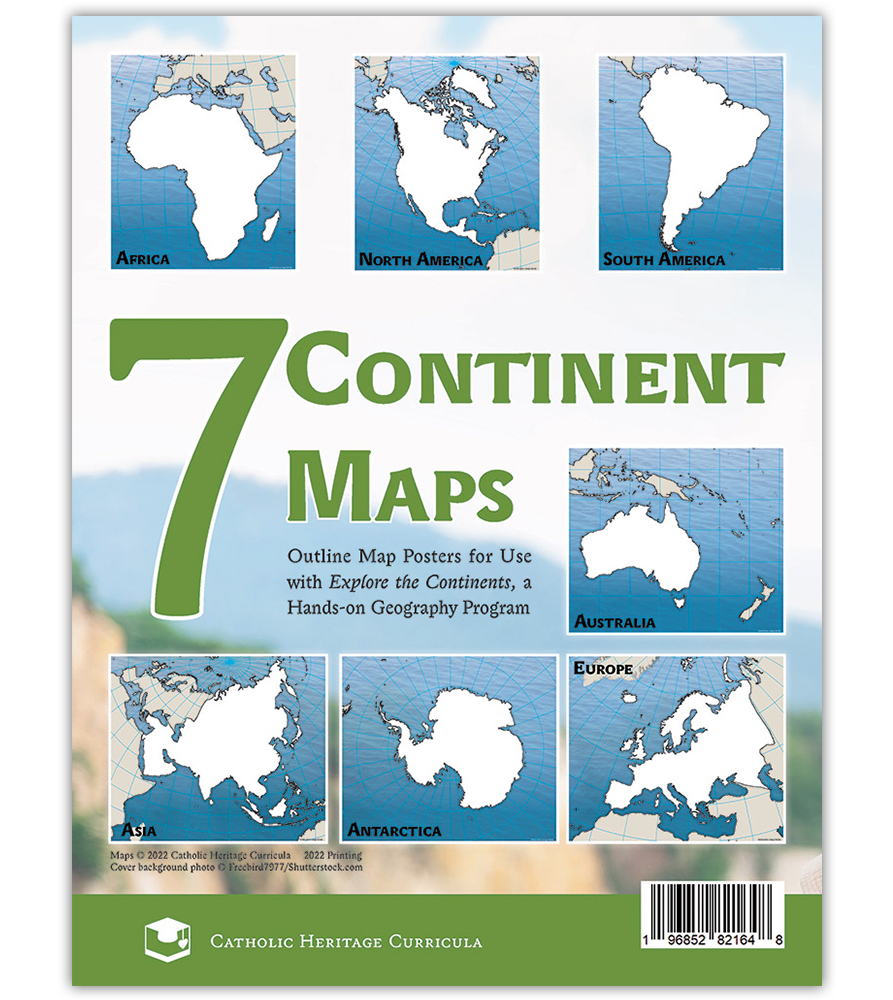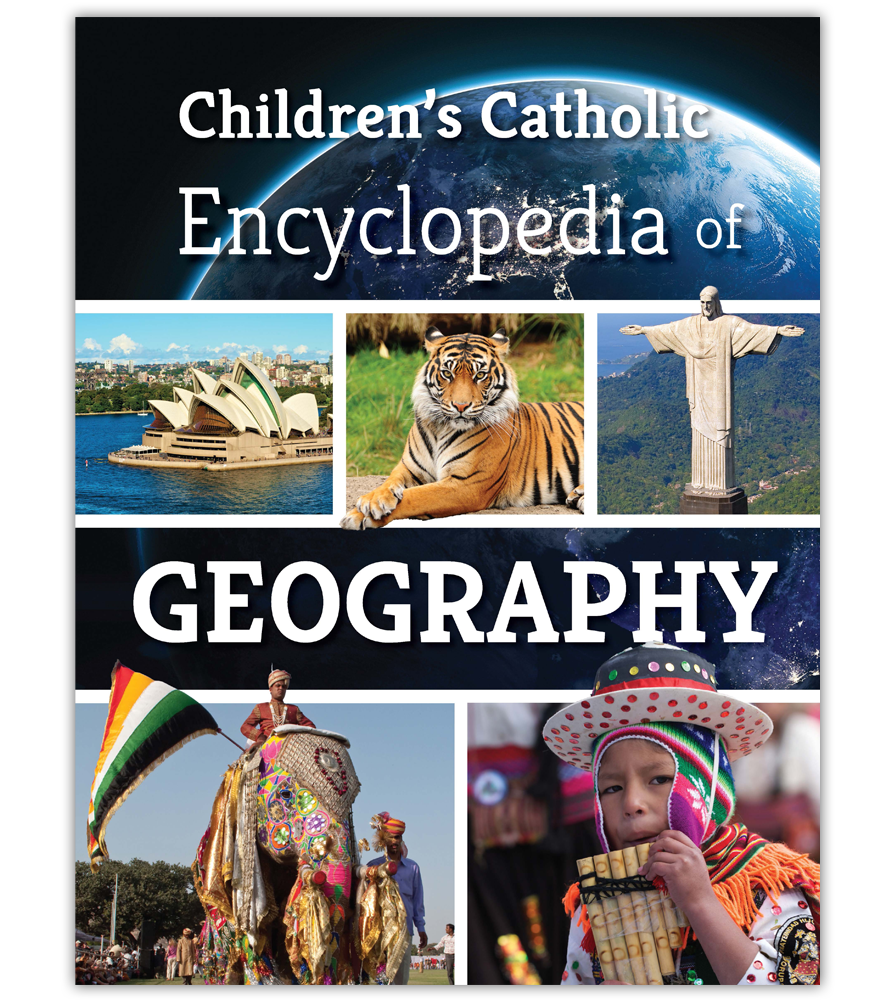“Late have I loved You, O Beauty ever ancient, ever new!” – St. Augustine
There are many art programs available for homeschoolers, but none combines art history, art appreciation, art theory, and hands-on art activities like this one! Ever Ancient Ever New, Level 1 tells the “story of art” from the cave artists to the High Renaissance masters, paying special attention to the spiritual significance of art as an expression of “the human need to surpass the visible” (Benedict XVI). As each artistic period is discussed, detailed Picture Studies teach students the “language of art” as they engage with masterpieces such as the Ancient Greek Artemision Jockey, the Medieval Book of Kells, and Titian’s Assumption from the Renaissance. Each chapter also includes a lesson in Art Theory, with a focus on the seven elements of art (line, shape, texture, form, value, space, and color). The non-consumable textbook may be used over and over again! 35 chapters, 366 pgs. Lavishly illustrated in full color! Softcover. 8½”x11”
Art Pad 1 provides homeschool-friendly art projects that teach fine arts skills while reinforcing the lessons in art theory and art history from the text. For example, the art history lesson on how Renaissance artists employed linear perspective is complemented by an Art Pad project in which the student makes his own perspective drawing. Art Pad 1 has 35 weeks of project instructions and templates. Black and white text with special templates on colored cardstock and artist’s paper.
Pages are not reproducible; each student will need his own Art Pad. 147-page tear-off pad, shrink-wrapped. 8½”x11” Age Level and Scheduling: This first level of Ever Ancient Ever New is designed for fifth- and sixth-grade students, but can also be used by seventh to ninth graders. The program can be completed in either one or two years.
Topics covered in Ever Ancient Ever New, Level 1:
Art History: Cave Art, Egyptian, Greek, Roman, Early Christian, Byzantine, Celtic, Anglo-Saxon, Viking, Insular, Carolingian, Romanesque, Gothic, Early and High Renaissance Art
Art Theory: This level focuses on the elements of art (line, shape, texture, form, value, space, and color) and also covers types of compositions (vertical, pyramidal, etc.); pattern; symbolism; picture space; positive and negative space; bilateral and radial symmetry; implied space, form, and texture; color theory; foreground, middleground, background; linear perspective; and atmospheric perspective.
Art Appreciation: Over 60 picture studies of masterpieces such as Andrei Rublev’s Three Angels, the Royal Portal of Chartres Cathedral, Fra Angelico’s Annunciation, and Leonardo da Vinci’s Last Supper.
Art Practice: Art Pad projects teach fine art skills such as using lines with different qualities; simplified human figure drawing; drawing facial features; mixing paints; creating actual textures with tooling foil; working with watercolors to create implied texture; drawing with linear perspective; painting with atmospheric perspective; sculpting and drawing the human form in action; creating implied space through overlapping and shading; and more!
The author of Ever Ancient Ever New is a practicing artist with an M.A. in theology and wrote her master’s thesis on sacred art in the theology of Joseph Ratzinger (Benedict XVI). She believes that all great art points beyond itself to God, the source of all beauty. The purpose of Ever Ancient Ever New is not merely to teach fine arts skills or develop a familiarity with famous artists, but still more to cultivate a sensitivity to beauty and to the way God speaks through art. Ever Ancient Ever New leads children to God by Benedict XVI’s “way of beauty.”
The author of Ever Ancient Ever New is a practicing artist with an M.A. in theology and wrote her master’s thesis on sacred art in the theology of Joseph Ratzinger (Benedict XVI). She believes that all great art points beyond itself to God, the source of all beauty. The purpose of Ever Ancient Ever New is not merely to teach fine arts skills or develop a familiarity with famous artists, but still more to cultivate a sensitivity to beauty and to the way God speaks through art. Ever Ancient Ever New leads children to God by Benedict XVI’s “way of beauty.”
The author of Ever Ancient Ever New is a practicing artist with an M.A. in theology and wrote her master’s thesis on sacred art in the theology of Joseph Ratzinger (Benedict XVI). She believes that all great art points beyond itself to God, the source of all beauty. The purpose of Ever Ancient Ever New is not merely to teach fine arts skills or develop a familiarity with famous artists, but still more to cultivate a sensitivity to beauty and to the way God speaks through art. Ever Ancient Ever New leads children to God by Benedict XVI’s “way of beauty.”
Related Products
CHC’s curriculum distinguishes between core and non-core subjects. Core subjects are the “basic essentials” of education for a particular.
More Products for this Grade Level
CHC’s curriculum distinguishes between core and non-core subjects. Core subjects are the “basic essentials” of education for a particular.

